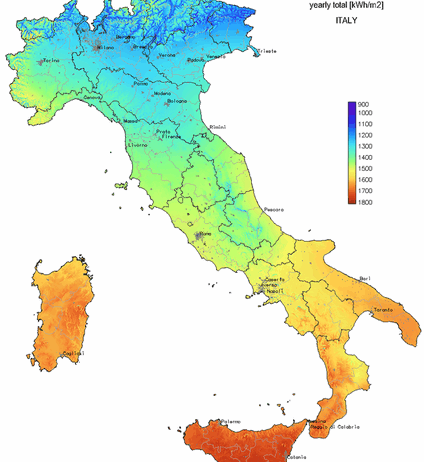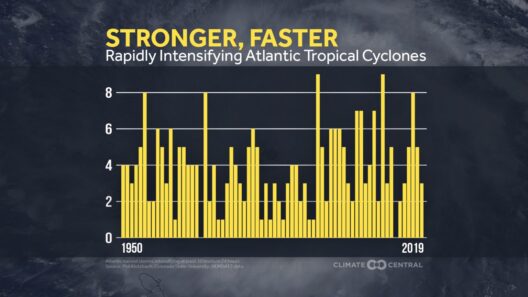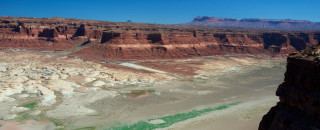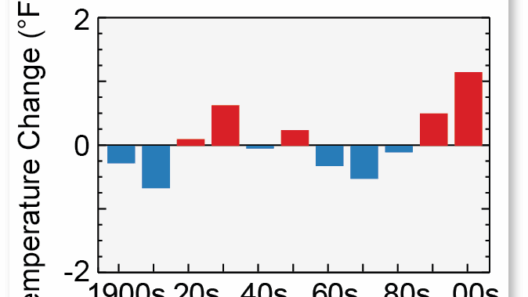The climate of Italy is a complex tapestry woven from threads of diverse environmental influences, creating a vivid and vibrant tableau that captivates the imagination. From the sun-kissed coasts of the Mediterranean to the crisp, invigorating air of the Alpine regions, Italy offers a unique climatic landscape that not only shapes its natural allure but also profoundly influences its culture, agriculture, and daily life.
Located at the heart of the Mediterranean, Italy experiences a predominantly Mediterranean climate characterized by hot, dry summers and mild, wet winters. This climate typifies much of the peninsula, particularly along the western and southern coasts. The azure waves of the Mediterranean Sea gently lap against the shores, reflecting the sun’s golden rays and providing warmth that ripens grapes and cultivates olive trees in idyllic abundance. The landscape transforms into a vivid palette of earthy greens, sunlit yellows, and rich browns, where vineyards stretch endlessly, and ancient olive groves whisper tales of resilience.
In contrast, as one moves inland towards the Apennines, the climate undergoes a subtle metamorphosis. The mountains rise like stoic sentinels, their peaks often kissed by snow, especially in the winter months. Here, the Mediterranean influence wavers, giving way to a more continental climate that exhibits a pronounced temperature variance between seasons. Summers remain warm but are tempered by cooler mountain breezes, while winters can plunge into a frosty embrace, blanketing the region in sparkling white. This mountainous climate nurtures a different kind of beauty, where coniferous forests provide a stark contrast to the sun-drenched lowlands below.
The northern territories of Italy present yet another layer of climatic complexity. The Po Valley, a fertile expanse cradled by the Alps and the Apennines, experiences a humid subtropical climate. Here, large temperature variations engender seasonal dichotomy: hot summers bustling with activity and cold, damp winters fostering introspection. The rolling hills and verdant plains of this region are often shrouded in fog, lending an air of mystery and intrigue to the surrounding landscape, encapsulating the heart of Italian agriculture, where rice paddies and orchards thrive under the watchful gaze of the mountains.
As we traverse the eternal city of Rome, one can witness the typical Mediterranean climate in full splendor. Summers can reach sweltering heights, with temperatures soaring past 30 degrees Celsius (86 degrees Fahrenheit), while winters are refreshingly mild, often graced by occasional showers that nourish the earth. The historic architecture, steeped in culture and heritage, becomes a dynamic canvas in this climate, where outdoor cafes bustle and street performers engage passersby, all basking in the benevolence of the sun.
Further south, regions like Sicily and Sardinia bask in an even more intense Mediterranean climate, where the scorching sun reigns supreme in the summer months. Here, the land is a synergy of earth and sea, with agricultural practices that have been honed over centuries. Vineyards and citrus groves flourish, yielding fruits that burst with flavor, embodying the essence of the sun’s ardor. In the colder months, the climate remains balmy compared to northern Europe, allowing for a kind of al fresco living year-round, an enviable lifestyle that draws many to the region.
Yet the northernmost tip of Italy, touching upon the majestic Alps, reveals a different facet of the climatic spectrum. Here, the air is crisp and exhilarating, providing a stark contrast to the sultry heat of the south. The Alpine region captivates visitors with its breathtaking vistas, where snow-capped peaks soar into the sky. The colder climate fosters diverse ecosystems, including lush valleys and glacial lakes, which serve as both a sanctuary for wildlife and a playground for outdoor enthusiasts. Ski resorts and hiking trails flourish, attracting those in pursuit of adventure and solace in nature’s grandeur.
The interplay between these climatic zones creates a richness in biodiversity that is unparalleled. Italy’s flora and fauna, from the aromatic herbs of the Mediterranean scrubland to the alpine wildflowers carpeting the mountains, reflect this climatic diversity. The unique appeal of Italy’s climate lies not only in its picturesque landscapes but also in the way these environments shape the soul of its people. Festivals celebrating the harvest, culinary traditions highlighting local ingredients, and even architectural styles all resonate with the nuances of the surrounding climate.
Italy’s climate is not solely a backdrop but a vital character in the narrative of the nation. It influences social interactions, agricultural practices, and even regional specialties that define its culinary landscape. As climate change looms as a pressing challenge, the importance of understanding and preserving this climatic diversity becomes ever more imperative. Sustainable practices are becoming crucial to maintaining the balance and ensuring that future generations can continue to revel in the unique charm of Italy’s multifaceted climate.
In summation, the climate of Italy is a poetic duality of sunny Mediterranean warmth and the cool embrace of Alpine serenity. Each region, with its distinctive climatic identity, tells a story of resilience, beauty, and adaptation. This rich climatic mosaic not only shapes the landscape but also nurtures the culture and spirit of this enchanting country. As we stand amid the marvels of Italy, we are reminded of the delicate balance between nature and humanity, urging us to cherish and protect the very essence that defines this timeless land.








